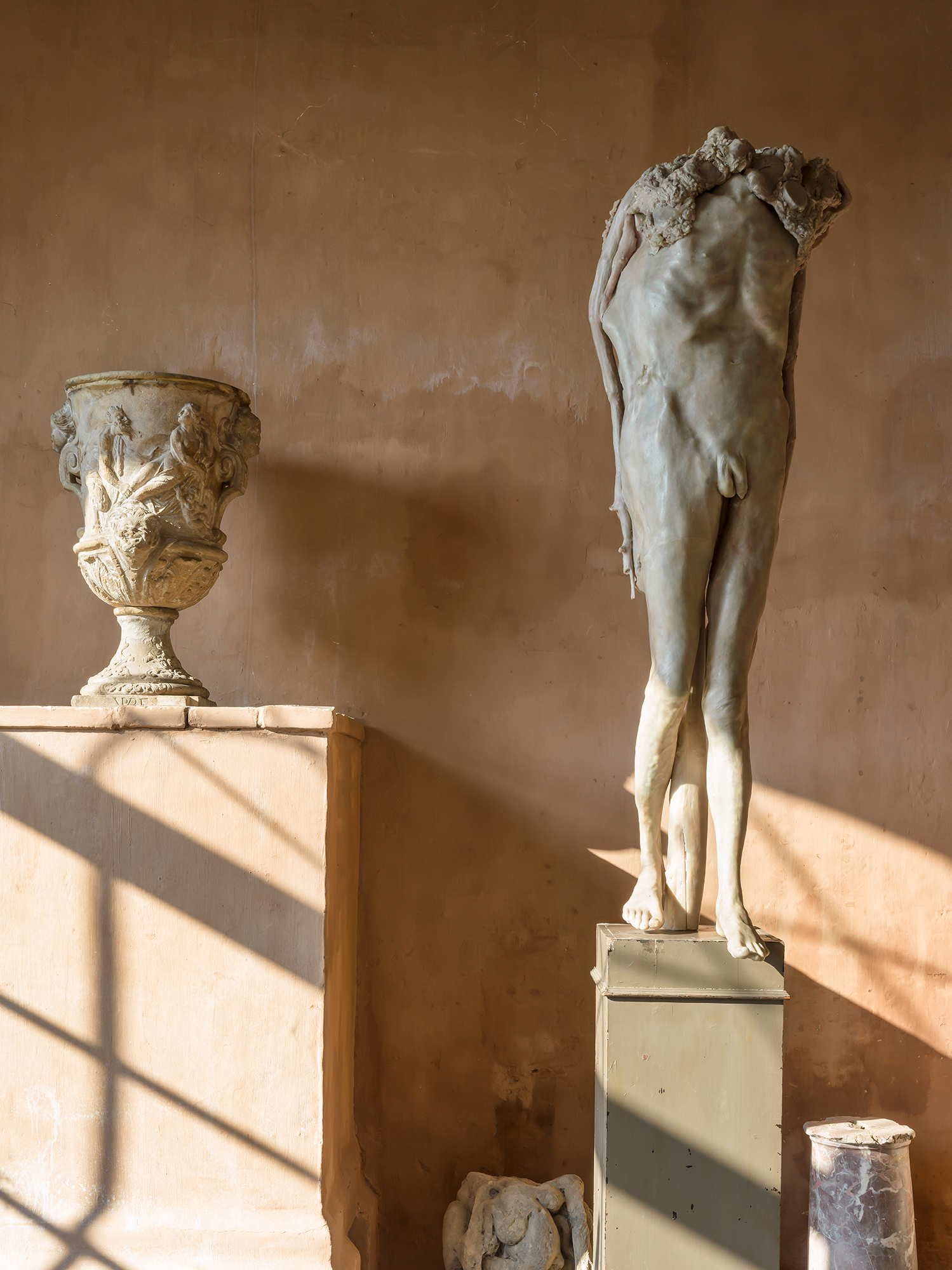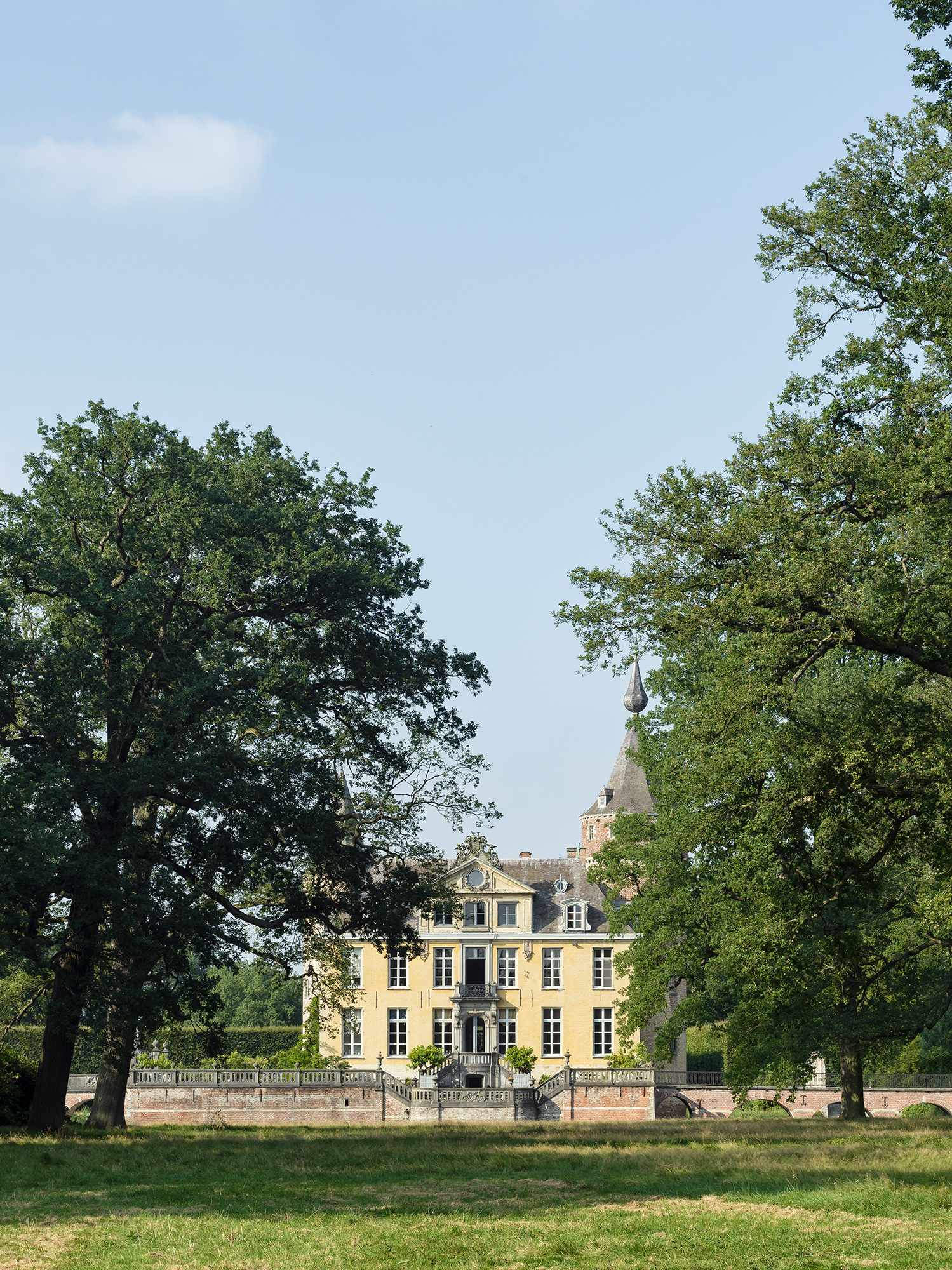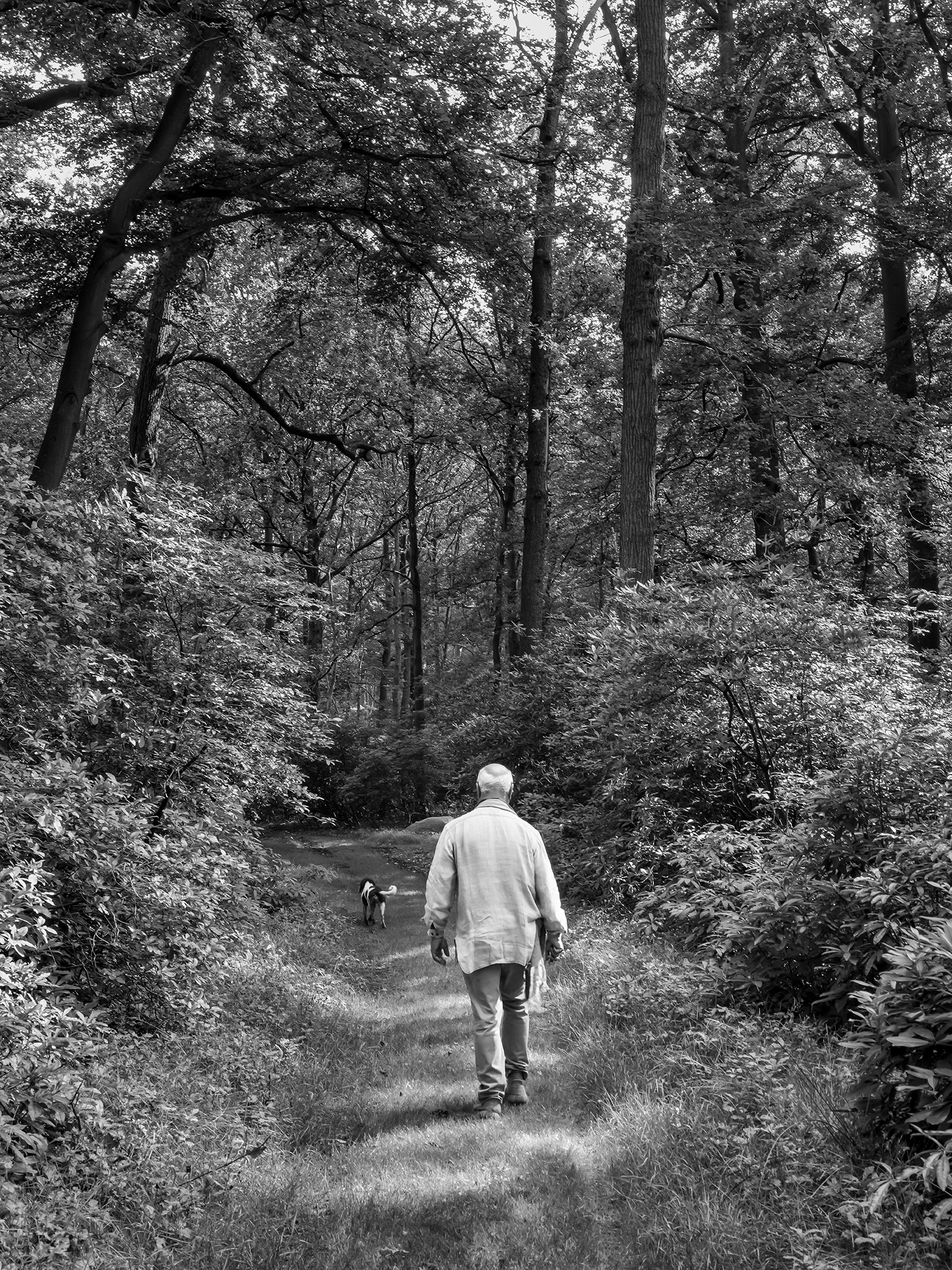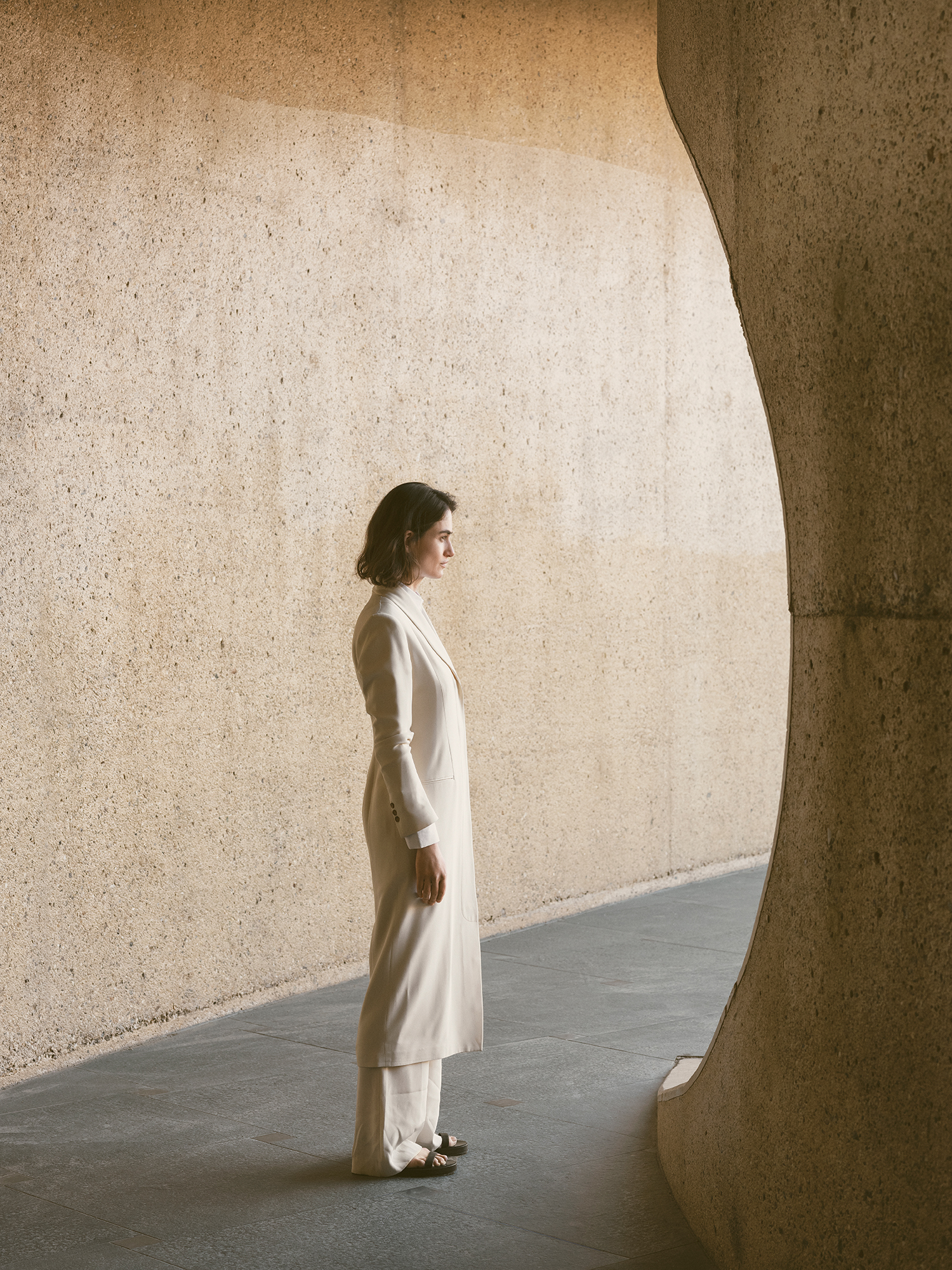
The Stories of Space
Words: by Axel Vervoordt as told to Michael Gardner
The rooms of Castle ‘s-Gravenwezel each tell a story about the influences and inspirations of Axel Vervoordt, the Belgian multi-hyphenate creator who calls the medieval castle just outside of Antwerp his home. Throughout a storied fifty-year-plus career, Vervoordt has built a reputation as a designer, dealer, collector, curator, architect, and original inventor of space and style. Here, he opens up an insight into his personal history through the objects and artworks he chooses to live with.
I first saw Castle ‘s-Gravenwezel in 1984. From the very first instant we laid eyes on it, my wife May and I were convinced that it would be the ideal home for our family for the rest of our lives. I couldn’t believe it was possible that a property like this existed so close to the city of Antwerp. It’s a moated, medieval castle that was first mentioned in the
historical record in 1108. Before we were able to acquire it, the castle hadn’t been on the market since 1729. This image depicts the south part of the castle as viewed from the park. Set within about 72 hectares of land, the castle is surrounded by trees, but the beauty of the setting is that there isn’t a single tree that blocks the sun. We see the sunrise. We see the sunset. Even on a rainy day, there are moments of light. That’s why I’ve always said that while we’ve lived here, I think there is always good weather in Belgium.
The property includes several side buildings, and this space has become almost like a sculpture gallery that we use to host concerts and dinners for large groups of friends. I’ve always been attracted to art and objects from all periods and seeing contemporary works in dialogue with old pieces. Here, there’s a beautiful sculpture made of wax by Berlinde
De Bruyckere. She’s an artist from Ghent and she made this work for one of the exhibitions I curated at Venice’s Palazzo Fortuny called ‘Artempo’ that explored the aspect of time in art. In the exhibition, Berlinde’s work engaged in a dialogue with a powerful painting by Francis Bacon. On the left is a vase, which is one of a pair that I acquired soon after moving to the castle. The vases were made by Jan Pieter van Baurscheit the Younger, a great architect and sculptor who
was born in Antwerp and active in the 1700s. Because this south part of the castle existed from the 1720s onwards, I think the vases have an ideal home here as they are from that period.



Almost every day, I take a long walk in the park. On the weekends, when I have more time, I walk more. Necessary and rewarding lessons: pay attention to nature. Observe change. Think about how seasons evolve and grow. The beauty of ‘s-Gravenwezel is that sometimes I don’t know if I’m in Belgium or some other country like Japan. Some of the elements remind me of a Zen Garden, executed in a European way. There are many pathways through the park and always something to discover. There’s a hidden path that leads to a wabi pavilion. The pavilion measures three by three, so it’s
extremely small with a little fireplace. Some people ask, “You have such a big house, why do you need this little pavilion?” For me, it’s like a jewel in the middle of a forest. To build the pavilion, I worked together again with Tatsuro Miki. We built it using found objects, like felled trees from the park, along with local earth. The design is based on concepts of sacred proportions and the cube in Japanese architecture. So, it’s the golden section and the cube together. When you’re inside, there’s an unbelievably beautiful sense of proportions. It follows one of my favorite sayings: proportion is the only decoration.



